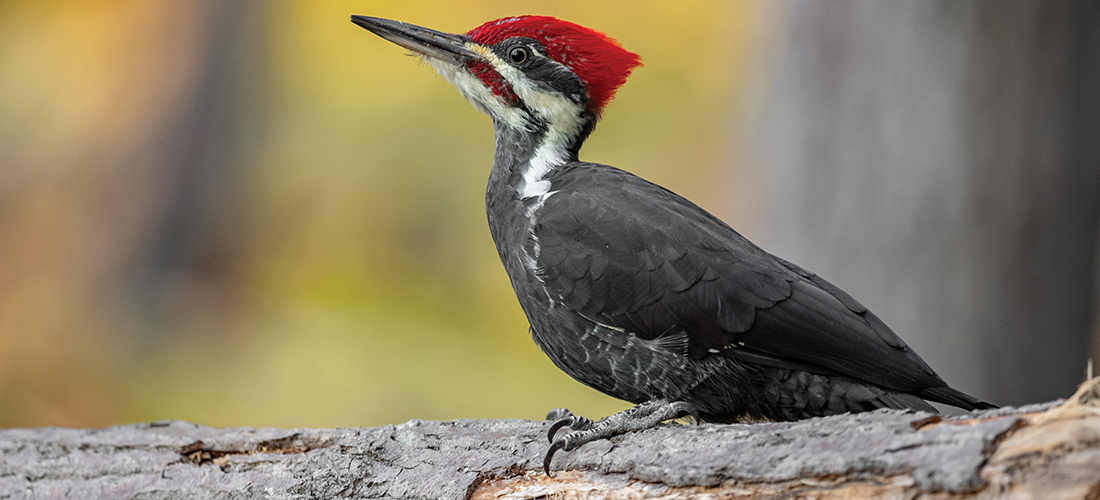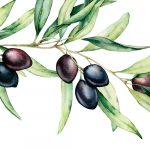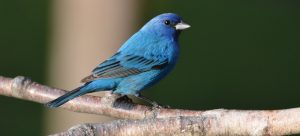
King of the Forest
Listen for the unmistakable call of the pileated woodpecker
By Susan Campbell
One of the largest and most distinctive birds of the forest, the pileated woodpecker, is unmistakable. Its dark body, white wing patches and red crest make it seem almost regal, and it wouldn’t be wrong to call it the king or queen of the forest.
As with most of our woodpecker species, they are nonmigratory. In search of food, however, they do roam widely, sometimes in a footprint several square miles in size. Pileateds can be found all across our state, anywhere there are large, old trees. Whether you pronounce their name PIE-lee-ated or PILL-ee-ated may depend on what part of the state you come from. Webster’s says either is correct, with PIE-lee-ated being more common. Pileated, by the way, refers to the bird’s bright-red crest from the Latin pileatus meaning “capped.”
However you say it, such a sizable bird is bound to make a loud noise whether foraging or calling. Indeed pileateds do get your attention. You’re most likely, however, to hear the distinctive booming echo that comes when they work on a hollow tree or the thudding that comes as they pound their way through thick bark. Although pileateds do not sing, they make a distinctive piping sound, similar to a flicker, which tends to end in a crescendo. They may also employ a sort of “wuk” call as a way of staying in contact with one another as they move about the forest. Although males are the ones that typically make the most racket, both sexes let intruders know when their territory has been compromised. Pairs are monogamous and raise a set of up to five young in a season.
When nesting, pileateds create oblong cavity openings in trees that are quite distinctive. Males choose a dead or dying tree in late winter and do most of the excavation. Females will help, especially toward the end of the process. The nest is unlined, consisting simply of a layer of wood chips at the bottom of the cavity. Deep holes that pileateds create are not reused once the young fledge. So these openings into dead or dying trees provide key habitat for not only other species of woodpeckers but also for snakes, lizards and mammals that require holes for some part of their life cycle.
Pileateds, of course, tend to thrive when feeding on insects and other invertebrates in dead and dying wood. But they are opportunistic, taking fruits and nuts as well. In the fall, it’s not uncommon to catch a pileated hanging upside down on a dogwood branch, stripping it of berries. Given their large appetites, adults may divide the fledglings for the first several months as they teach the youngsters to forage. It may take six months or more before the young birds are on their own.
If your bird feeder is within a pileated pair’s territory, you may be lucky enough to attract one or more to sunflower seed or (more likely) to a suet feeder or mealworms. As long as they have room to perch or have something to cling onto, they may not be shy about becoming a regular visitor, especially during the late winter or early spring as breeding season gets underway and insects are less abundant.
These big, beautiful birds are, from what we can tell, doing well here in North Carolina. Sadly their extinct cousins, the ivory-billeds, who were more specialized and inhabited only bottomland forest, suffered a sad fate. They did not fare so well with the arrival of Europeans and the associated clear-cutting of their habitat early in the last century. But that is a different story for another month . . . OH
Susan would love to hear from you. Send wildlife observations or photos to susan@ncaves.com.





